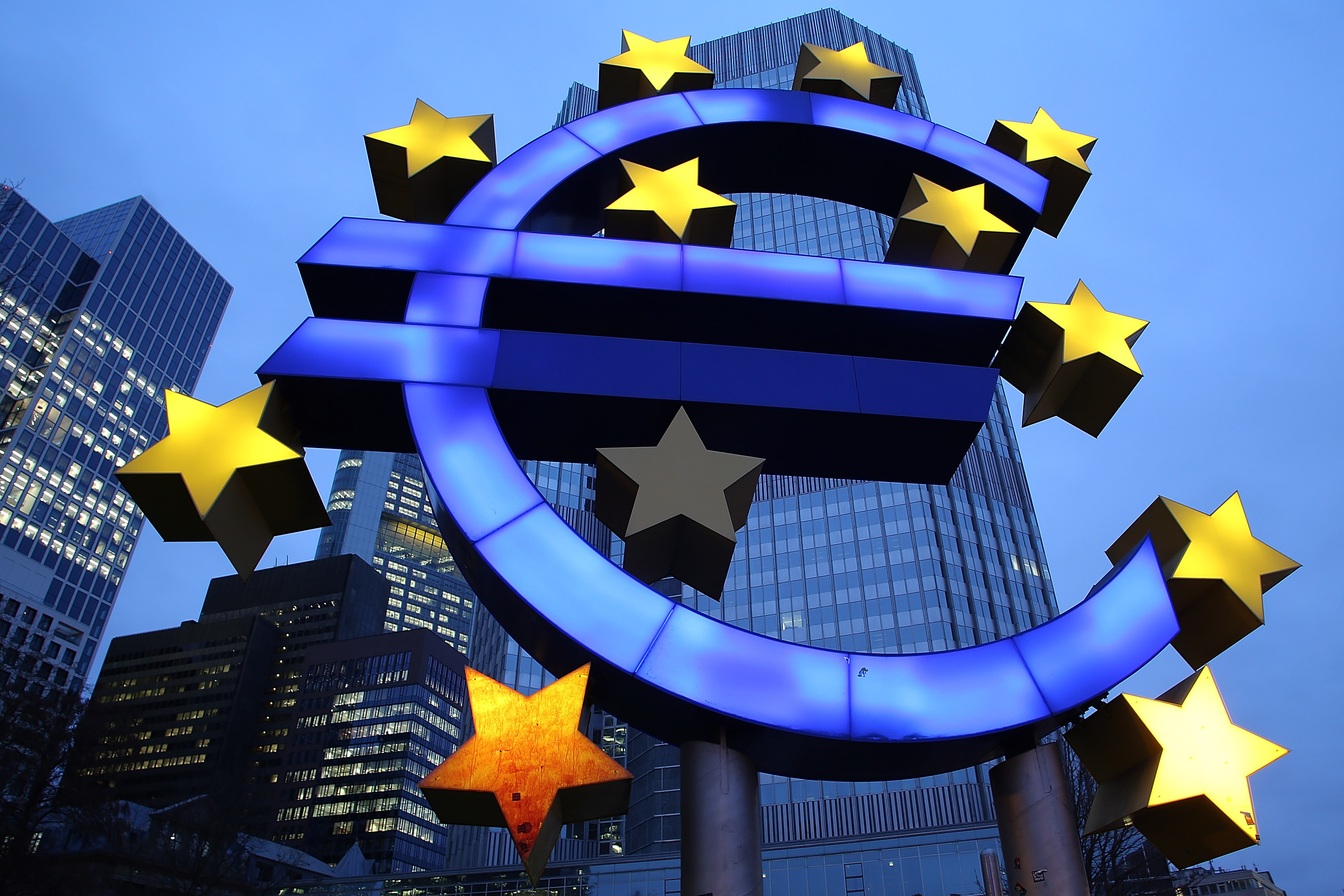Its rescue fund will bail out the poorer states. It will fuel a rapid economic recovery. And perhaps most of all, it will finally turn the European Union into a fiscal union, raising its own money, and distributing it based on which region needs its most. The EU’s new €750 billion (£680 billion) rescue fund has been hailed as a huge step forward for the Union. Perhaps it will be. There is a problem, however. Some analysts are starting to argue the new shiny new EU bonds should be rated as junk – or something close to it.
On the surface, you might think an EU bond should be completely solid. After all, this is a £14.5 trillion economy, the largest single bloc in the world, with the world’s second-largest currency, the euro. It is only borrowing a fraction of GDP. In a world awash with debt, it should be able to raise the money, and lots more if it is needed, right? Well, here’s the problem.

Get Britain's best politics newsletters
Register to get The Spectator's insight and opinion straight to your inbox. You can then read two free articles each week.
Already a subscriber? Log in







Comments
Join the debate for just £1 a month
Be part of the conversation with other Spectator readers by getting your first three months for £3.
UNLOCK ACCESS Just £1 a monthAlready a subscriber? Log in